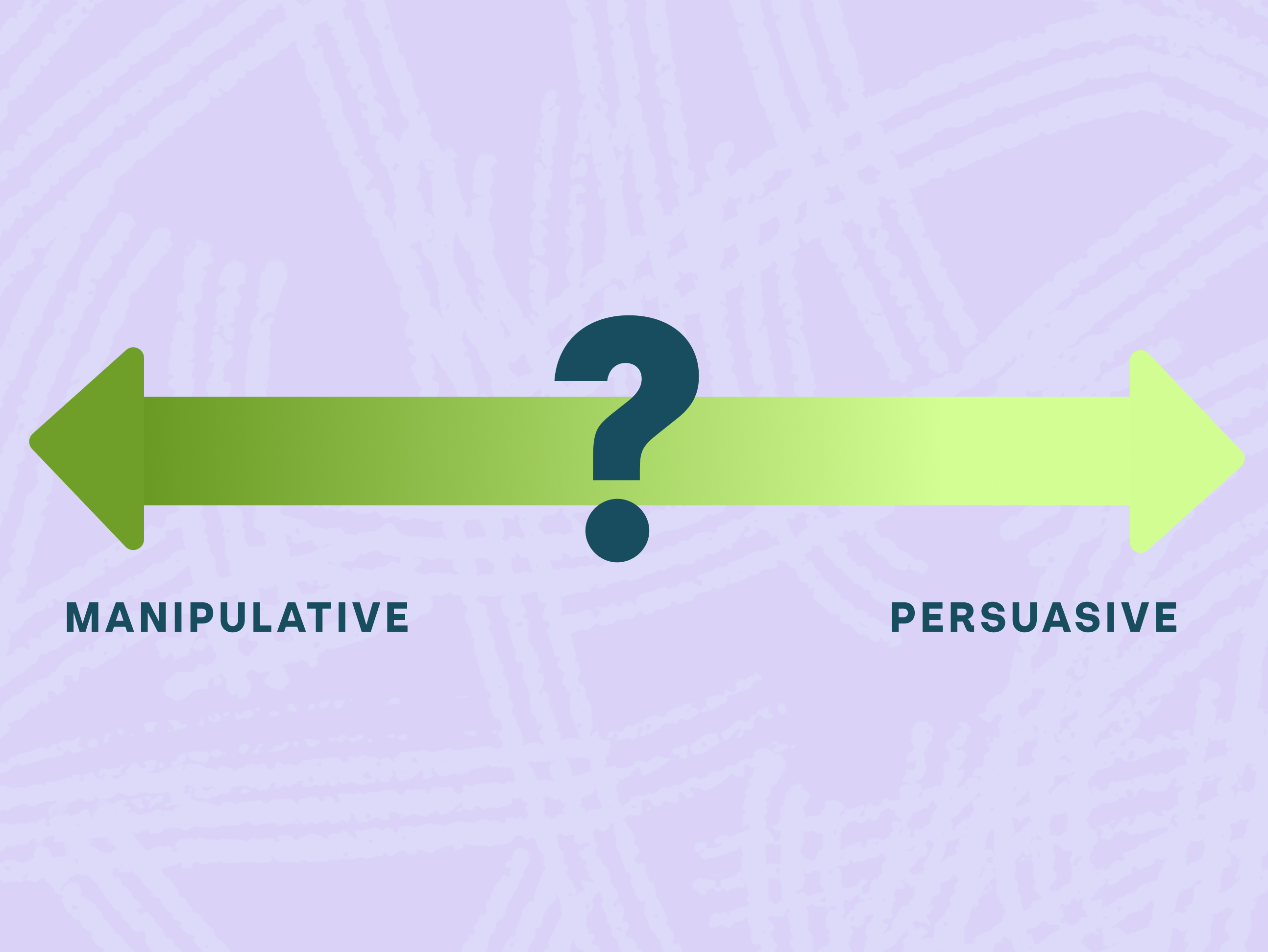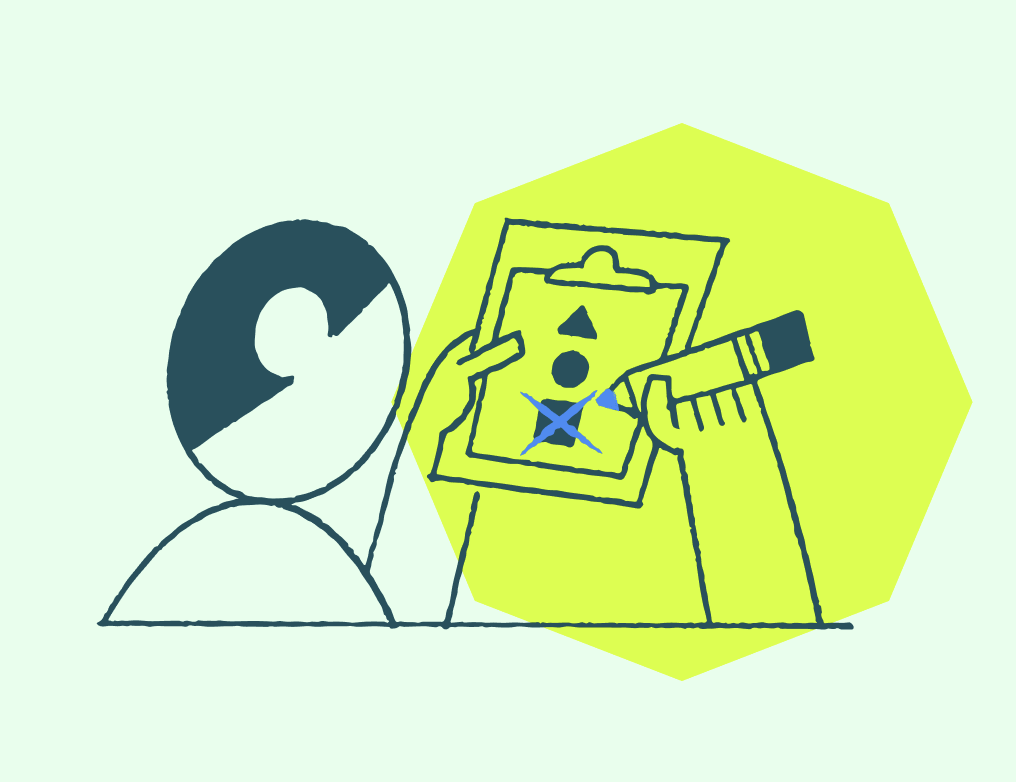4 common challenges in healthcare and the exact user research methods we'd use to solve them

The healthcare industry is evolving rapidly thanks in part to tech-forward companies challenging norms and pushing for better outcomes. For these companies, navigating the complexities of the healthcare industry, especially at the intersection of technology and patient care, requires more than just innovation—it demands a deep understanding of the humans involved at every stage. From regulatory hurdles to patient-centric design, the evolving needs of healthcare systems require specialized expertise.
At ZoCo Design, we’ve partnered with numerous tech-forward healthcare organizations to overcome these challenges through targeted user research. In this blog, we’ll explore four common obstacles and how we use user research methodologies to provide insight.
As an industry in part responsible for the functioning of a nation, we must reimagine how care is delivered. The status quo is no longer an option.
– The Role of Design in US Health Systems, by Equitable Healthcare Lab, Institute of Design at Illinois Tech
User experience (UX) research and design methods are integral in addressing challenges within healthcare. Our skills at ZoCo lie in understanding the challenges of complex industries and systems and using our processes to define actionable solutions and next steps.
Here are four challenges we see frequently in healthcare and the specific UX research methods we'd use to solve them.
The challenge you're facing: Industry changes and growing competition are putting increased pressure on businesses, requiring innovation without clarity about their next move.
How we’d approach it:
- Generative Interviews: Interviewing key stakeholders—like providers, administrators, or payers—helps us identify their needs, expectations, and experiences which, through analysis, we can turn into opportunities, pain points, and addressable gaps in the market.
- Provo-type Testing: Yes, you read that right. It’s a prototype but with a “v”—provocative prototyping. This method is designed to provoke a response from stakeholders to understand how certain concepts, features, etc. align with their motivations, needs, values, and mental models. Provotypes are used to inform concepts.
What you’d get out of it:
- Improved organizational metrics such as efficiency of processes
- Financial viability and value generation metrics

The challenge you're facing: You’ve rolled out a new tool amongst your team or patients, and there is low adoption by the intended users, mistakes are being made, and people are complaining that it’s hard to use.
How we’d approach it:
- Usability Testing: Of course, it’s always best to usability test a tool before launching it, but you can retrofit this method to define how users (patients or providers) interact with the product and identify areas of friction, inefficiency, or confusion.
- UX Audit: If budget, timeline, or access to patients or providers is a challenge, we’d recommend a UX Audit—a process that employs UX heuristics to identify usability issues, inconsistencies, or gaps in functionality.
What you’d get out of it:
- Improved adoption, engagement, and retention metrics
- Improved satisfaction metrics for both tool and overall experience with your system
- Fewer data input errors, increasing patient safety

The challenge you're facing: Patient experience scores (HCAHPS, NPS) are low and patients are missing appointments, not following up on referrals, and aren’t adhering to their care plans.
How we’d approach it:
- Journey Mapping: When we see the word “experience” in a brief, we immediately think of service journey mapping. This method visualizes complex processes, with one or several user types, helping to identify where breakdowns occur and opportunities to improve the experience. This can be an especially complex tool when you need to understand the network and systems in which your solution exists – across patients, providers, payers, pharmacies, and even pharmaceutical companies.
- Experience Survey: Surveying can help uncover or validate specific pain points and areas of dissatisfaction by gathering feedback directly from them. Depending on the challenges you’re experiencing, we may suggest distributing a survey to a wide or narrow group of users.
- Generative Interviews: By conducting in-depth interviews with select groups, we can explore major themes from the survey, providing deeper insights into the root causes of disengagement and dissatisfaction.
What you’d get out of it:
- Improved adoption, engagement, and retention metrics
- Improved satisfaction metrics for both tool and overall experience with your system
- Improved patient health outcomes

The challenge you're facing: Employees are burnt out or ignore processes and protocols, leading to critical issues later.
How we’d approach it:
- Contextual Inquiry: Observing providers in their real-world environments to understand the processes they follow, their challenges, and the capabilities of existing systems is incredibly important in complex industries, such as healthcare. This method provides rich, detailed insights into the day-to-day realities of healthcare delivery.
- Service/Journey Mapping: Using insights from the contextual inquiry, we’d create a visual map of current workflows to align on the state of operations and the specific problems that need to be addressed.
- Ideation Workshop: Engaging cross-functional stakeholders in collaborative workshops allows us to brainstorm and explore alternatives to established workflows and practices. This co-creation process helps ensure alignment on the most feasible and impactful solutions and aligns everyone on the existing challenges.
What you’d get out of it:
- Improved employee satisfaction, retention, and engagement metrics
- Improved organizational metrics such as efficiency of processes

No matter your challenge, we bet there’s a UX research method (or two) to solve it. If you don’t see your specific challenge here, let’s chat!—ZoCo has 10+ years of experience researching (and designing) for organizations just like yours.
Check out our Ultimate Guide to UX Research & Product Design Services
Looking for insights for healthtech product leaders, delivered to your inbox every few weeks? Sign up for our newsletter.
Currently exploring
UX Mastery


.svg)
.svg)
.svg)
.svg)
.svg)




.svg)

